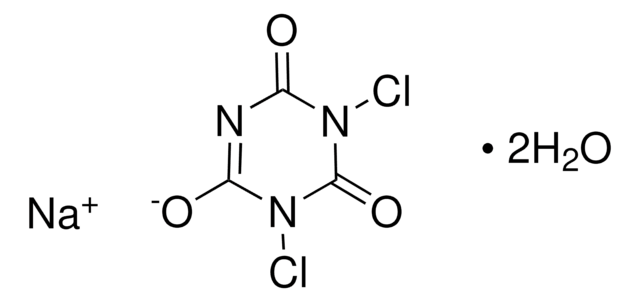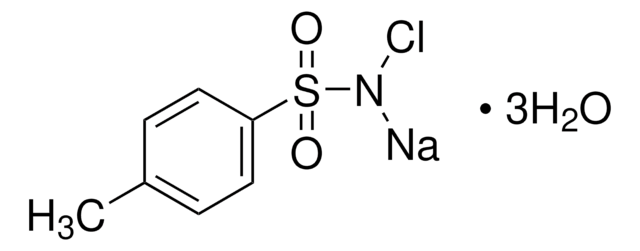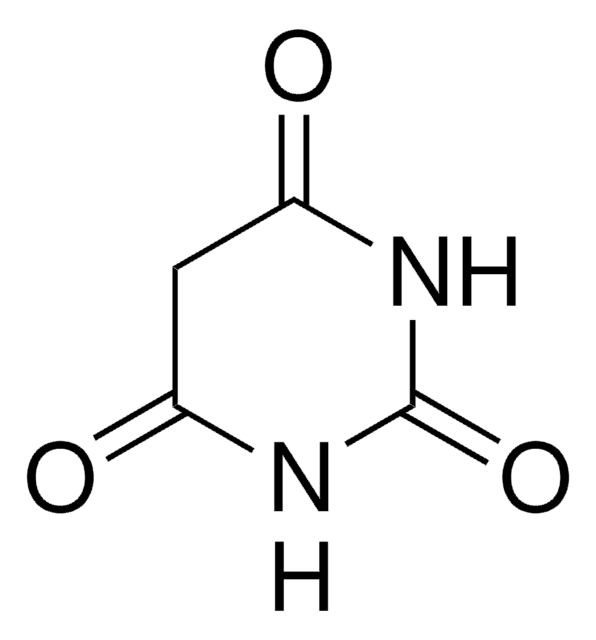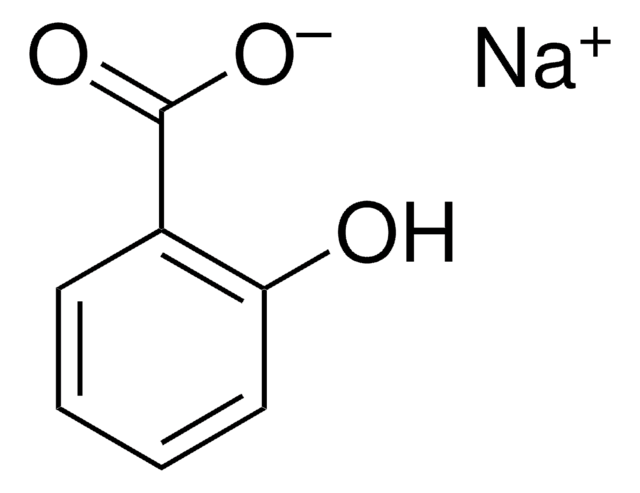218928
Sodium dichloroisocyanurate
96%
Synonym(s):
NaDCC, 3,5-Dichloro-2-hydroxy-4,6-s-triazinedione sodium salt, Dichloro-s-triazinetrione sodium salt
About This Item
Recommended Products
Quality Level
Assay
96%
form
(Granules or Granular Powder)
reaction suitability
reagent type: oxidant
SMILES string
[Na]N1C(=O)N(Cl)C(=O)N(Cl)C1=O
InChI
1S/C3HCl2N3O3.Na/c4-7-1(9)6-2(10)8(5)3(7)11;/h(H,6,9,10);/q;+1/p-1
InChI key
MSFGZHUJTJBYFA-UHFFFAOYSA-M
Looking for similar products? Visit Product Comparison Guide
General description
Application
- N-monochlorination and dehydrochlorination of amino esters
- Chlorination to detect ammonium via formation of colored zebra-bands in a deteting tube
- Synthesis of antimicrobial polyurethane additives to control biofilm
- Preparation of bromochloroisocyanurate for electrophilic cobromination of alkenes and bromination of arenes
- An oxidizing reagent for the preparation of tetrazene(N–N=N–N)-linked bi(1,2,4-triazole) from 4-amino-1,2,4-triazole by oxidizing N-NH2 functional group.
- A chlorinating agent for the N-monochlorination of α-amino esters and α-amino-β-diesters.
It can also be used to prepare NaDCC immobilized magnetic nano-Fe3O4 material, which is used as an excellent disinfectant as well as a wastewater treatment agent.
Disclaimer
Signal Word
Danger
Hazard Statements
Precautionary Statements
Hazard Classifications
Acute Tox. 4 Oral - Aquatic Acute 1 - Aquatic Chronic 1 - Eye Dam. 1 - Ox. Sol. 2 - Skin Corr. 1A - STOT SE 3
Target Organs
Respiratory system
Supplementary Hazards
Storage Class Code
4.1A - Other explosive hazardous materials
WGK
WGK 2
Flash Point(F)
Not applicable
Flash Point(C)
Not applicable
Personal Protective Equipment
Choose from one of the most recent versions:
Already Own This Product?
Find documentation for the products that you have recently purchased in the Document Library.
Customers Also Viewed
Our team of scientists has experience in all areas of research including Life Science, Material Science, Chemical Synthesis, Chromatography, Analytical and many others.
Contact Technical Service














